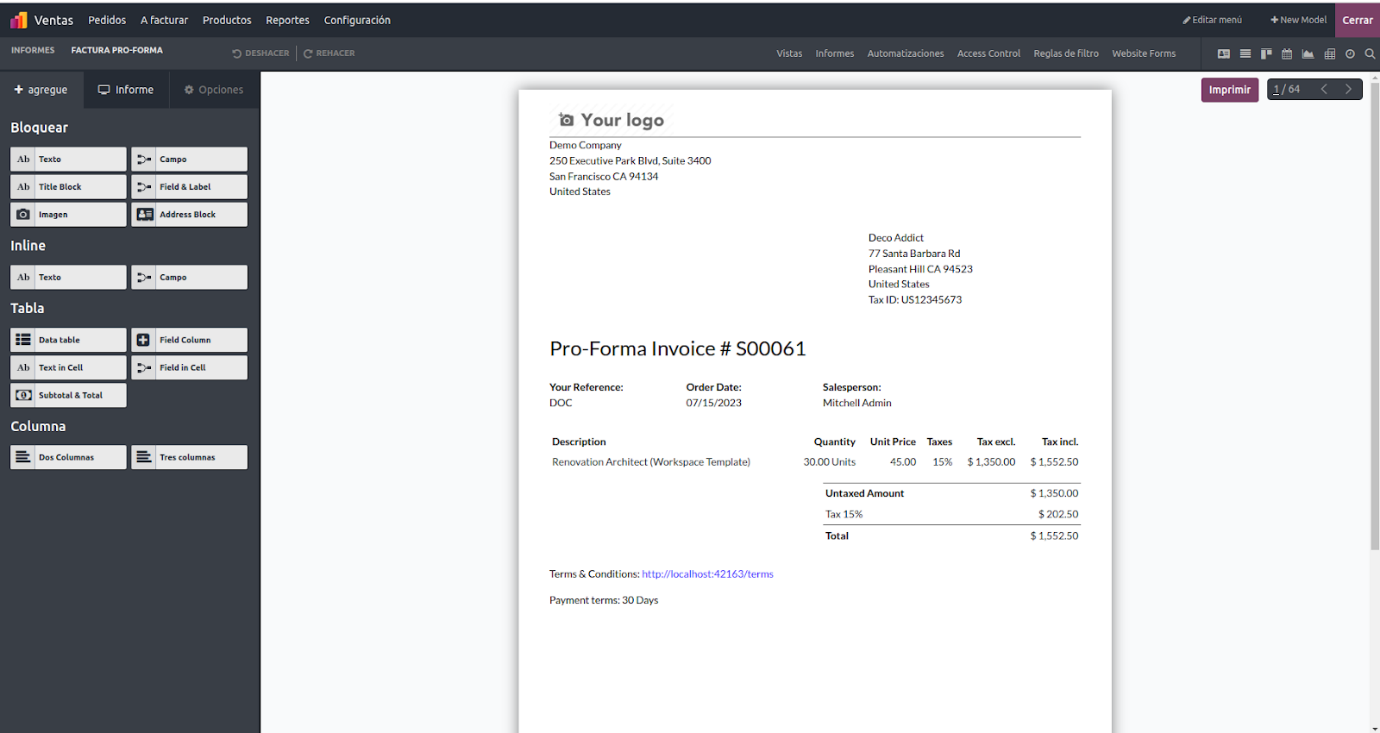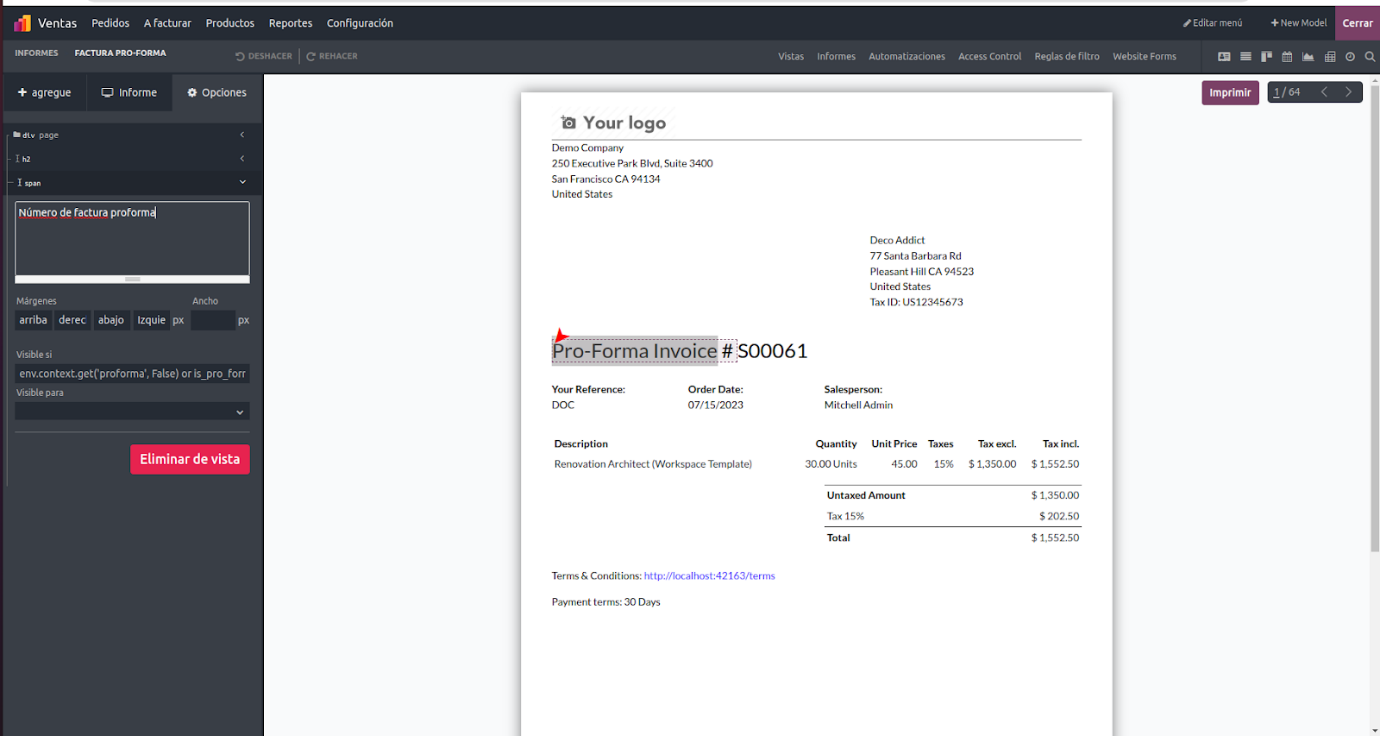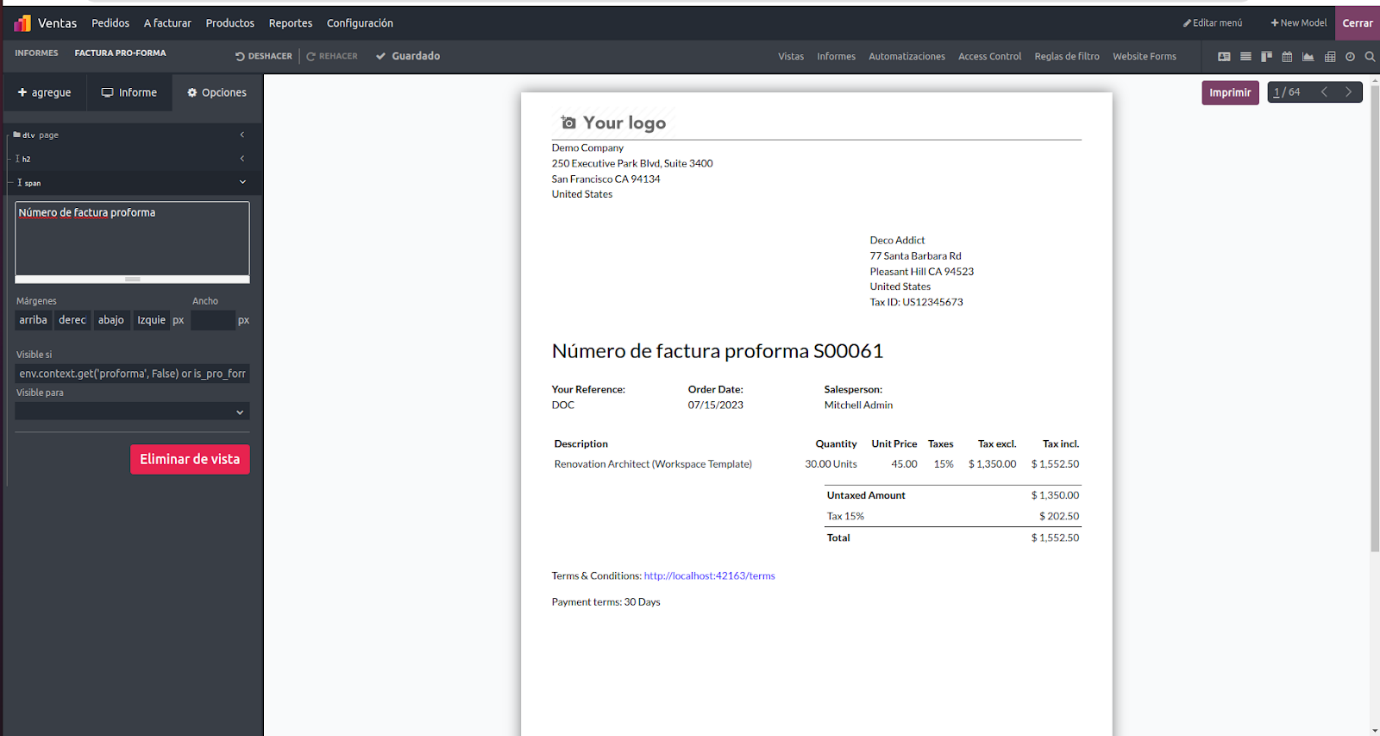The Odoo Studio module's Translate View menu is a powerful tool for businesses looking to reach a global audience. Companies can easily cater to users from various regions and increase their global reach by including language translations in Odoo applications. Localization, which includes language translation and adapting to regional preferences, is one of the platform's standout features. It gives businesses complete control over their operations, allowing them to manage various aspects of their business based on the specific region in which they operate. Companies can provide users with a personalized and engaging experience using Odoo's localization capabilities, fostering stronger connections and expanding their market presence. Odoo enables businesses to seamlessly operate in diverse markets and thrive globally, whether by translating interface elements or adapting to local accounting practices.

You can access the translation view after you've selected the content. The original language is on the right side of this view, and the translated language is on the left. The content on the right side is displayed in the original language, while the content on the left side is translated.
Simply click on the text displayed in the translated language section to translate the content. This action will launch an editing mode, allowing you to make changes to the text and provide the desired translation. Odoo has a simple user interface, usually with a text field or an editable area where you can enter the translated text.

When you select sentences to translate, the translated text will appear as shown above.

You can save the changes after you have completed the necessary translations. Odoo will then update the application to show the translated content in the language of your choice. This allows users from different regions to access the application in their preferred language, improving their overall experience and facilitating content comprehension.
This Odoo translation operation streamlines the process of localizing applications and making them accessible to a wide range of users. It enables businesses to effectively communicate with their target audiences in multiple languages, increasing their global reach and creating a more inclusive user experience.